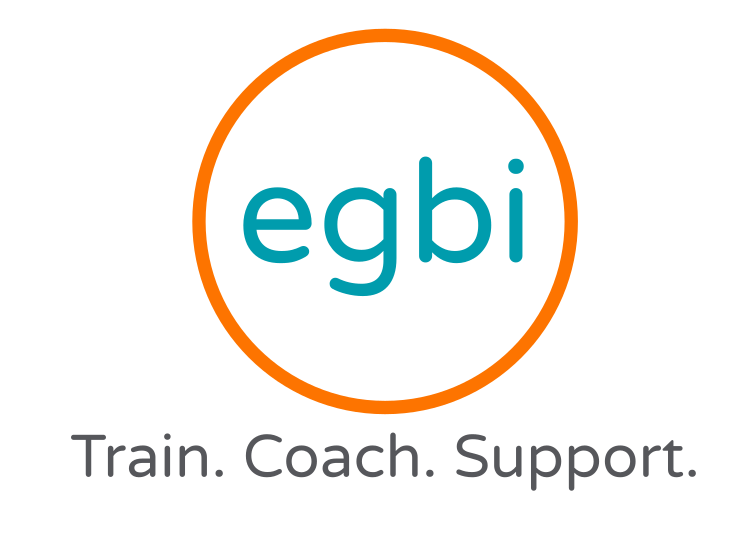By Shamitha Ramanan

An elevator pitch is a concise and compelling synopsis of your background, experience, and what you offer in the thirty seconds or less it takes to ride an elevator. Here are some tips to consider when crafting an elevator pitch:
Know Your Audience: Spend time learning about and understanding your target audience before drafting your elevator pitch. Make your pitch specific to the requirements, interests, and pain points of the people you are pitching to, whether they are prospective workers, investors, or clients.
Begin with a Hook: Use an attention-grabbing hook or opening sentence to grab the attention of your audience right away. This may be with a question, an eye-opening figure, or a short story that connects to your expertise or service. The goal is to spark their interest and compel them to hear more.
Keep it Concise and Clear: Recall that you only have a little time to make your presentation, so be concise and clear. Every word matters. Refrain from jargon or technical terminology that might confuse your readers; keep your message brief and straightforward. Make an effort to explain your value proposition in an understandable language.
Emphasize Your Differentiating Features: What makes you stand out from the competition in your industry? Emphasize your distinctive abilities, accomplishments, and experiences to make an impression. Pay attention to the advantages you may provide your audience and why they should be interested in your offer.
Practice. Practice. Practice: Practice is necessary to create a compelling elevator pitch. After you’ve written your pitch, practice it until it comes easily and naturally. You may record yourself, practice in front of a mirror, or practice with a friend or coworker to ensure you maximize the time given.
Be Genuine: Gaining your audience’s confidence and credibility requires being genuine. When presenting, show off your personality and be sincere and enthusiastic. Instead of coming out as too prepared, talk from the heart and allow your passion for your idea or task to come through.
End with a Call to Action: Put a clear call to action at the end of your elevator pitch to nudge your audience to take the following action. Make it simple for them to carry on the conversation and look into options by giving them quick access to your website, LinkedIn connections, and follow-up meeting scheduling. Remind them who is a perfect referral for your business.
Be Flexible and Adaptable: Finally, be ready to modify your elevator pitch to fit various settings and circumstances. You never know when or where you might be asked to give a pitch, so be prepared to modify it at any time based on the situation and the people you’re speaking with.
Developing your elevator pitch skills is an important life skill that may lead to changes in your personal and professional life. You will be well-prepared to leave a lasting impression and take advantage of any chance if you create a concise, captivating, and genuine pitch.
Find the Spanish version here.
